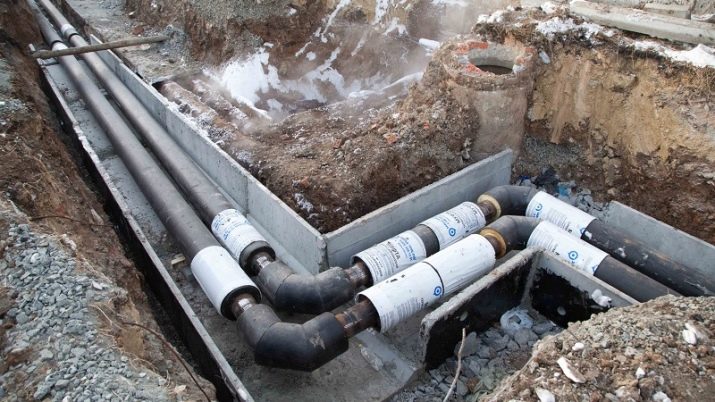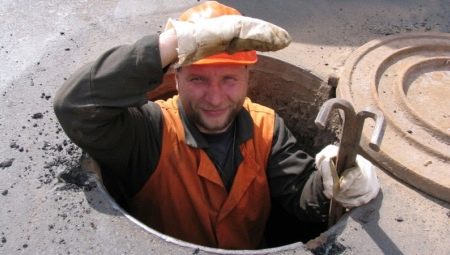The word "locksmith" is usually associated with industrial enterprises and "smoky" workshops. However, such specialists work in many other areas. Knowing all about who he is heating network fitter, it will be easy to understand whether or not to engage in such an activity.

Profession Description
Position of a heating network fitter consists in servicing pipelines of water and steam, various machines and apparatuses used in the production and supply of heat to consumers. This specialist is a representative of the working staff. Such a worker should not be confused with a fireman or stoker. The activities of the “thermal locksmith” are more complex. For the successful completion of the arising tasks, it is necessary to understand thermal technology and the physical laws that determine its operation.
The heat network fitter is often remembered in cases when something goes wrong. But if the heating networks function uninterruptedly, it means that it does its job flawlessly. The main objects of the application of force by such a specialist are made of metal.
This determines the increased level of requirements for physical condition and forces you to own the appropriate tools. Such a profession is not suitable for those who have impaired functioning of the senses, cardiac and respiratory activity, and the central nervous system.
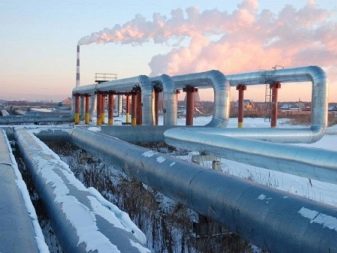
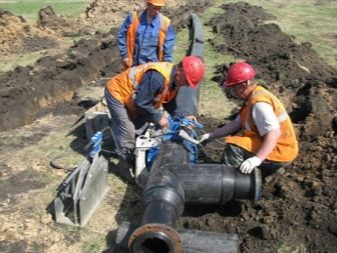
Responsibilities
A typical job description of a fitter for repair of heating network equipment prescribes the following duties:
- regular bypasses of heating mains;
- prevention of flooding of pipelines by underground waters;
- monitoring the condition of drains, mud wells and sumps, organizing the pumping out of them, if necessary, water and dirt;
- maintenance in working condition of pipelines, shutoff and control valves, supports, main and auxiliary metal structures, working equipment;
- gas contamination control in critical places;
- implementation of preventive and repair work on entrusted equipment (pumps, vessels, pipelines, fittings, and so on);
- painting of metal structures and marking them in an established manner.
However, the work of a locksmith in the maintenance of equipment and heat supply points does not end there. It is also mandatory to participate in the overhaul and periodic repairs of heating networks (together with regular or emergency teams). This specialist is also involved in the installation and maintenance of reinforced concrete elements in chambers, wells, collectors. Without it, there will be no one to perform a technical study of the state of heating systems, repair of rigging and other special devices. The production of hydropneumatic washes, hydraulic tests for thermal strength are also the duties of a locksmith.


The ETKS for specialists of the 2nd category indicates that they:
- arrange fences around pits and temporarily set bridges;
- plan and equip the foundation for rolling;
- help electric welders to work in problem areas;
- control flange fittings and repair it;
- arrange a pillow of sand or gravel under the asphalt when the pipeline is being repaired;
- perform rigging work.
Third rank in ETKS implies a willingness to work with parts in 4 or 5 accuracy categories. A locksmith of this level can make up field diagrams of simple parts. He cuts and welds sheets, metal profiles of a simplified configuration, works together with the welder and with the welding machine on the heating main. When a fitter of heat networks of the 3rd category performs rigging, he uses the basic means of mechanization. For specialists of the 4th category, of course, the requirements are somewhat wider and the tasks are more responsible.
They must perform:
- fitting for 2 or 3 accuracy categories;
- various technological manipulations on pipelines using special level working tools and measuring instruments;
- wear assessment of various parts of heating networks;
- assembly and installation of wells;
- rigging using lifting mechanisms;
- testing rigging systems and equipment;
- repair a variety of actuators on gate valves;
- work with drainage pumps, connector surfaces and flange joints.


Requirements
The fitter of the thermal industry must know:
- piping schemes;
- optimal operating modes of heating systems;
- sequence of work operations;
- norms of preventive maintenance (PPR);
- methods of using test equipment, working tools;
- basic test methods for pipe fittings;
- classification of pipelines, features of their use and functioning;
- requirements for the safe operation of pressurized systems.
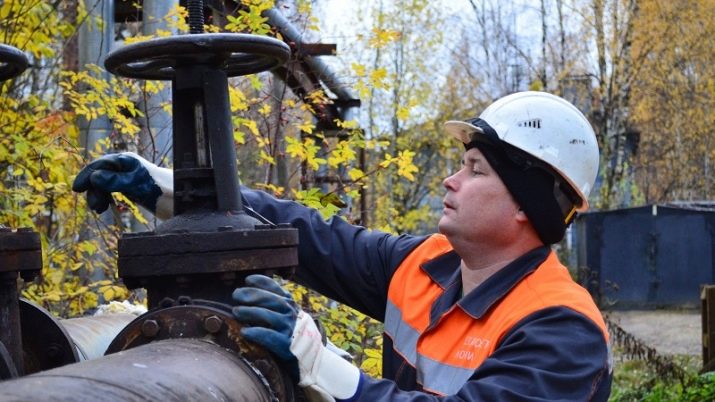
Education
The training of heat technicians is carried out in the following educational institutions:
- Polytechnic College of Urban Economics (St. Petersburg);
- College of Business and Technology at the University of Economics (St. Petersburg);
- State College of Heat Supply and Automatic Control Systems (Nizhny Novgorod);
- Ural Polytechnic College;
- College of Mining and Ceramics (Chelyabinsk branch of SUSU);
- Samara State College.
Also recommend:
- Polytechnic College №8 in Moscow;
- Industrial and Technical College in Yekaterinburg;
- College of the construction industry in Tyumen;
- Sormovsky Mechanical College (Nizhny Novgorod).
In addition, you can go through training at the factory, and then pass the exams of the production commission and get qualified.
Place of work
A heating fitter can find a job in heat generating and heat distribution companies. This specialist works in boiler rooms and distribution points. Relevant vacancies open and in management companies of housing and communal services.
Heat network repair and maintenance technicians are needed in a wide variety of regions. Therefore, they should not lack proposals.
